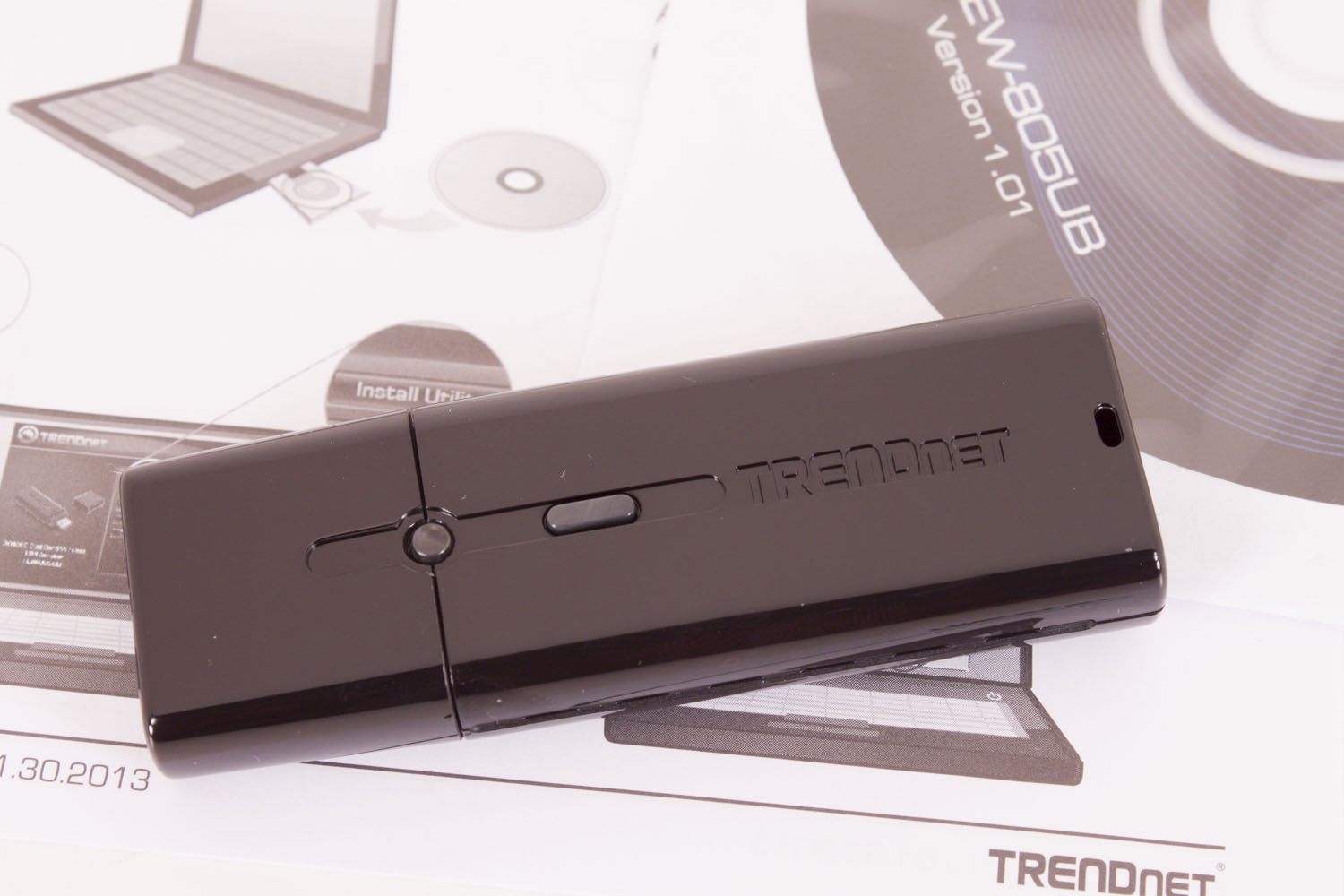Storage and Networking
As the computer market moves to smaller and smaller form factors the need to decrease the foot print of storage devices is growing. The problem that many manufacturers face is that a reduction in component size has traditionally meant a reduction in performance. This is where technologies like mSATA and M.2 SATA (or M.2 PCIe) come into play. Each of these has a benefit in terms of size and also performance. With mSATA you can maintain close to the same performance that you have with traditional SATA (with the right components), but there are limitations on which motherboards and even mobile devices support this. Now with M.2 (also called M Key) SATA and PCIe devices we are seeing a number of motherboard makers will support for them right out of the box. Because of this interest in these new devices has grown. Today we are taking a look at the first one to hit our lab: the Kingston SM22080S3/120G M.2 SATA drive.
- Details
- By Sean Kalinich
- Hits: 34692
Home networking gear has been making some leaps in speed and sophistication since its introduction. These leaps have made wireless in the home more usable and configurable. Much of the work on this side of the product (making things easier to configure and use) has been behind the scenes, but this work has pushed wireless technology further into our homes. Now the big ticket item is the new 802.11ac wireless standard. However there is still a huge market for 802.11n wireless products with dual concurrent bands (2.4GHz and 5GHz). Right now these wireless products are what you are going to see in the market and what consumers are interested in simply because of their prevalence. So with that in mind we are taking about an 802.11n wireless router from Asus, the RT-N66U Dark Knight Wireless router.
- Details
- By Sean Kalinich
- Hits: 29034
Read more: Asus RT-N66U Dark Knight 802.11n Wireless Router...
 |
Now that we have shown you the tear down of the Synology DS1513+ we have to show you if all of the hard work and attention to detail pay off in the form of performance and ease of use. There is nothing like getting a product and finding out that you have to read a huge manual just to change the IP address on it. So out goal now is to tear down the operating system and hardware performance in the same manner that we did the physical box. Let’s get started shall we?
- Details
- By Sean Kalinich
- Hits: 41496
 |
Since its introduction there has been something of an internal battle with wireless. On the one hand it is very convenient; you just connect to an access point and you have freedom as long as you are inside the network rand. On the other the speed is not always that great and, if the signal is too weak, you can end up dropping packets, files and losing data. Over the years there have been great improvements in wireless speed, but no matter what it has never been able to match the speed of a wired connection. At least it could not until 802.11ac wireless arrived on the scene. This new specification offers a theoretical limit of 1.3Gbps over a 5GHz wireless connection. We have already taken a look at a router and USB 2.0 adapter, now we are going to look at what happens when you put USB 3.0 into the mix with the TRENDNet TEW-805UB adapter.
- Details
- By Sean Kalinich
- Hits: 25490
Read more: TRENDNet TEW-805UB 802.11ac USB 3.0 Adapter Review
 |
When wireless networking was first introduced it was a very cool concept and people bought into it. The problem was that it was also about as slow as dial-up internet was. The good news is that all technologies advance and wireless was non exception. Once the idea caught on we quickly ramped up in speed, but wireless was never quite able to keep up with a wired connection. We saw these connections leap ahead by a factor of 10 while wireless had small incremental speed jumps. All of that changed in 2011 when researchers built up the next specification for wireless speed, 802.11ac. This speed increase more than doubled what wireless was able to do previously. Suddenly wireless was just as fast as a wired connection (in theory). We have a few routers and adapters in the lab and will be taking a look at them. Today we are going to show you the TRENDNet TEW-812DRU AC1750 dual band wireless router.
- Details
- By Sean Kalinich
- Hits: 27680
Read more: TRENDNet TEW-812DRU 802.11ac Wireles Dual Band...
More Articles …
Page 1 of 3



